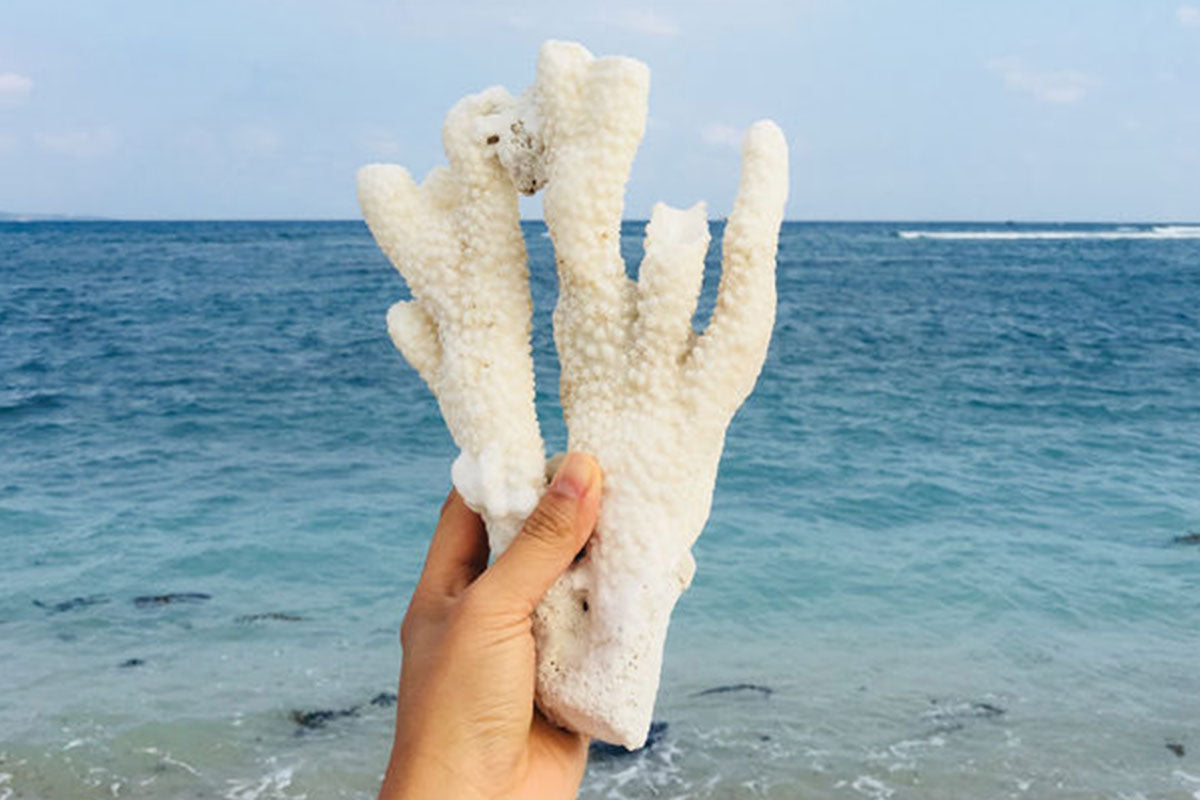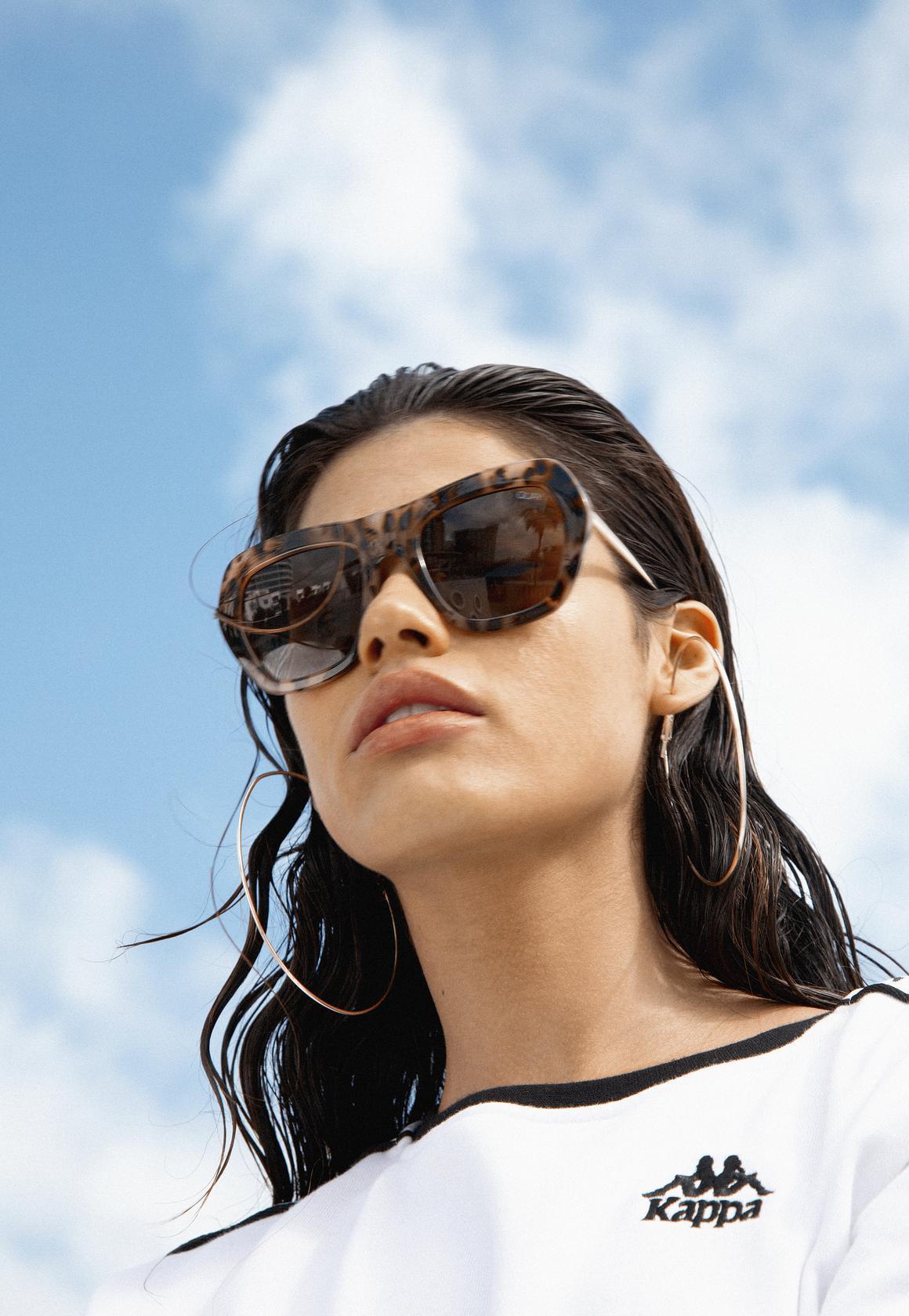Wild Palm Coral Identification Guide

California
Few people are aware that the continental shelf, slope and canyons of California’s ocean are home to a diversity of deep-sea corals. Like redwoods, California’s deep sea corals can live to be hundreds to thousands of years old.
Large corals like hydrocorals, sea fans and black corals are found in high densities in the Channel Islands, Monterey Bay, the Gulf of the Farallones off San Francisco and the continental slope off northern California. Hydrocorals and gorgonian sea fans are commonly seen by divers in Southern California.
Scientists recently discovered a new species of deep-sea coral off the coast of Santa Barbara. They named the new species Christmas tree coral (Antipathes dendrochristos) since it grows over six feet tall and resembles pink, white and red flocked Christmas trees. This discovery shows the importance of protecting areas that have not yet been trawled. Scientists have only explored less than one percent of California’s seafloor.
Pacific Northwest
Oregon is home to a magnificent underwater environment, producing valuable fisheries and diverse seafloor habitats. Deep underwater canyons like Astoria Canyon where the Columbia River meets the ocean are home to a variety of coral and sponge habitats.
Heceta Bank off the Oregon Coast is a hotspot for black corals. Their complex branches provide homes for commercially important species like rockfish, which are currently rebuilding from overfishing.
Meanwhile, Washington state is famous for its spectacular shores and rugged coastlines. Below the ocean's surface, the coral, sponges and other colorful seafloor life are just as beautiful. The Olympic Coast National Marine Sanctuary is home to corals, sponges and other living seafloor habitats.
In fact, this sanctuary is home to a rare discovery of Lophelia pertusa, a reef-forming deep-sea coral previously thought to exist only in the Atlantic Ocean. Even Puget Sound contains hydrocorals scattered throughout its various inlets and islands. These corals are living habitats that provide structure on the seafloor for other marine life. Biogenic habitat provides feeding areas, shelter from predators, and nursery for juveniles.
Trawling in the Pacific Northwest has taken its toll both on the fish and their habitat. Targeting flatfish, whiting and rockfish, trawlers have flattened many of the corals, sponges and other living seafloor animals before scientists even knew they were there.
Bering Sea
The Bering Sea contains the world's broadest continental shelf -- an elevated underwater plain -- and the most productive fisheries in North America. As ocean currents move north from the Pacific Ocean and the Aleutian basin toward the Arctic Ocean, they bring nutrients from the deep sea toward the surface. This upwelling creates thriving seafloor habitat and productivity that are the foundation of the entire ecosystem.
Most of the hard corals in the Bering Sea are found on the slope at the edge of the shelf and in some of the largest submarine canyons in the world, but an array of other seafloor habitats enrich this fertile ocean ecosystem. On the shelf, soft corals, sponges and other deep sea invertebrates provide living structure on sandy or muddy seafloor.
With names like sea raspberry, sea onion, sea potato and sea peach, the invertebrates of the Bering Sea sound pretty tasty. These living animals provide essential habitat for the abundant marine life in the Bering Sea.
Source: https://usa.oceana.org/corals-pacific





